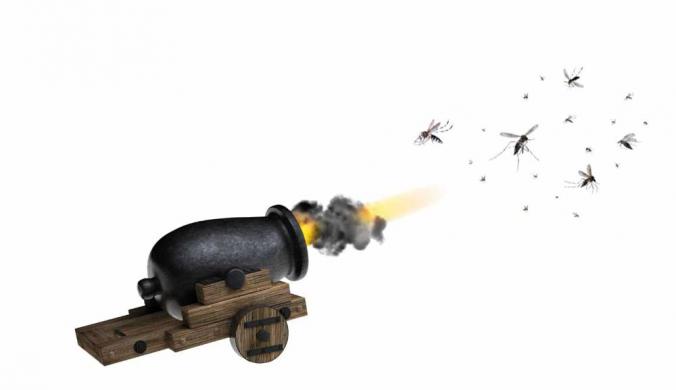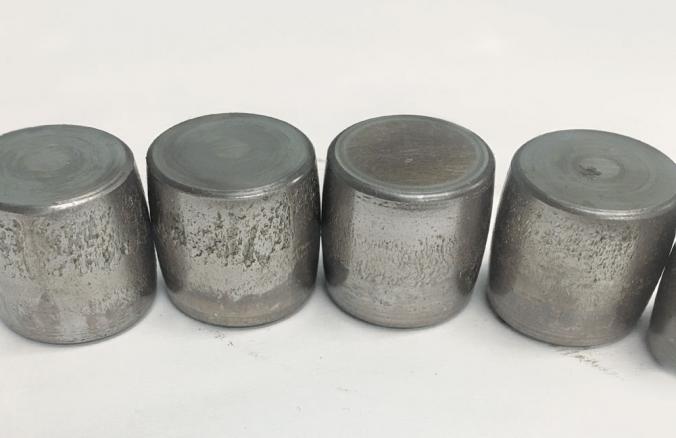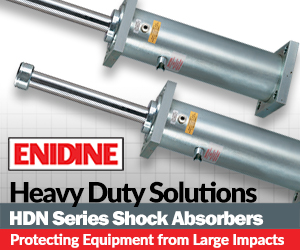SonaVu™ Works on all Types of Compressed Gas Leaks
Don't limit your ultrasound equipment to compressed air leak management, when it is capable of finding so much more. Industrial gases are used for various industrial and manufacturing purposes.

Most commonly, the gases used are oxygen, carbon dioxide, argon, nitrogen, helium, and hydrogen. These industrial gases are used in many different industries such as petrochemicals, power generation, mining, oil and gas, metals, biotechnology, electronics, and aerospace. Their purposes also range in industrial and production processes, such as welding, food processing, cryogenics, and more.
They’re used to produce materials like rubber, plastics, glass, and ceramics. Carbon Dioxide (CO2) can even be used as a fertilizer and insect repellent for agribusinesses.
Whenever a compressed gas is used in any of the above-mentioned processes there will always be a risk of a gas leak. Gas leaks can happen anywhere in your compressed gas system. When a compressed gas is leaking through an orifice in your compressed gas system, the flow from the high-pressure side to the low-pressure side produces turbulence. Turbulence is easily detected with an ultrasound detector, even in an extremely noisy manufacturing facility.
If your facility uses compressed gasses for production, then you probably see the pipes, valves, fittings, and tubes that make up your compressed gas system running throughout your facility. These components that make up your compressed gas system can be found on the walls, on the ground, and even in hard to reach areas like the ceiling. Due to the hard to reach nature of some of these components, scanning your whole compressed gas system for leaks can prove difficult. Thankfully SonaVu’s™detection range is upwards of 50 meters (156 feet), making it more than capable of detecting leaks anywhere in your compressed gas system.
The Unknown Cost of Compressed Gas Leaks
The amount of money lost to compressed air and other industrial gas leaks remains a mystery in many plants across the globe. This is because compressed gas system leaks aren't a top priority of maintenance teams. After all, they don’t often affect production, and only pose a safety threat in certain situations. Which is why most factories don’t have a sustainability initiative in place to cut down on energy savings.
A compressed gas system must be very worn down and leaky, for it to slow or stop production. However, noticeable improvements can be made to production, sustainability, and the bottom line by finding much less severe leaks that run rampant in many compressed gas systems.
The Ultimate Cost of Compressed Gas Leaks
Certain compressed gas leaks should be of paramount concern for maintenance staff. These gasses can be noxious, combustible, or both. When a combustible gas leaks into a poorly ventilated area such as a sewer, basement, or any other low area, it can pool there. This is because many combustible gasses are heavier than the air we breathe, so it sinks. The buildup of a combustible gas can eventually result in a flashover.
Flashover is the spontaneous ignition of a combustible gas in an enclosed area. It occurs when that gas reaches its autoignition temperature, which is typically 500 ℃. However, something as little as a spark created by friction from opening a metal door can ignite the gas causing this dangerous reaction. The resulting explosion can quickly follow the trail of gas back to its source, causing an even larger and more deadly explosion.
Compressed gas leaks can occur anywhere in your system. One area of particular concern that receives little to no attention is compressed gas cylinders. As they age, they’re more susceptible to leaks around the regulators, hoses, valves, and threading. Combustible gasses stored in cylinders should not be ignored during a compressed gas survey. It could make all the difference preventing this deadly phenomenon.
Unchecked leaking combustible and flammable gases pose a serious safety threat to anyone in their vicinity. You can monitor your compressed gas systems and storage containers with SonaVu™… Powered by SDT Ultrasound Solutions.
A Fast and Easy Way to Detect Compressed Gas Leaks
SonaVu™ provides users with a fast, simple, and easy way to detect compressed gas leaks. After powering your SonaVu™ on it is ready to scan for leaks. Take note of the signal power at the top of your screen and then adjust the threshold located in the top right corner of your screen so that the levels are similar. Then point and scan your compressed gas system for gas leaks.
Compressed gas leaks result in turbulent flow which produces ultrasound. SonaVu™ can detect these sources of ultrasound up to 50 meters (156 feet) away. Inspectors need not worry about climbing to dangerous heights or squeezing into uncomfortable tight spaces to find pesky, hard to reach leaks.
If you come across a leak the colour screen on your SonaVu™ will light up, identifying it. Press the record button to take a picture or press and hold the button for 3 seconds to record your whole compressed gas leak survey.











